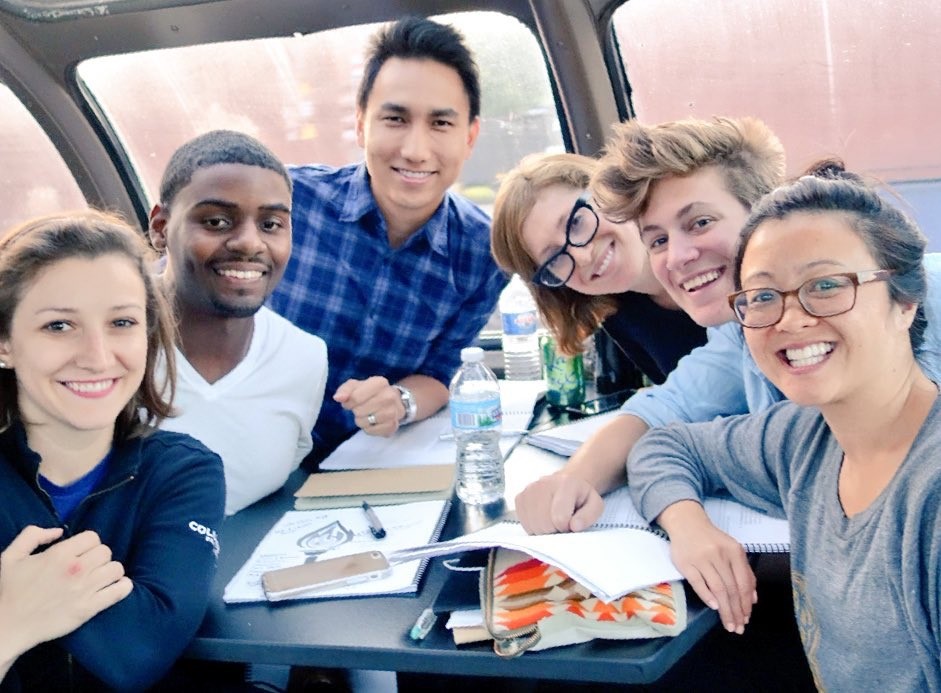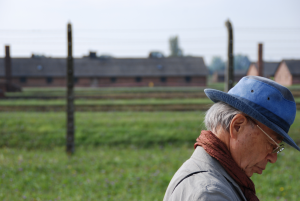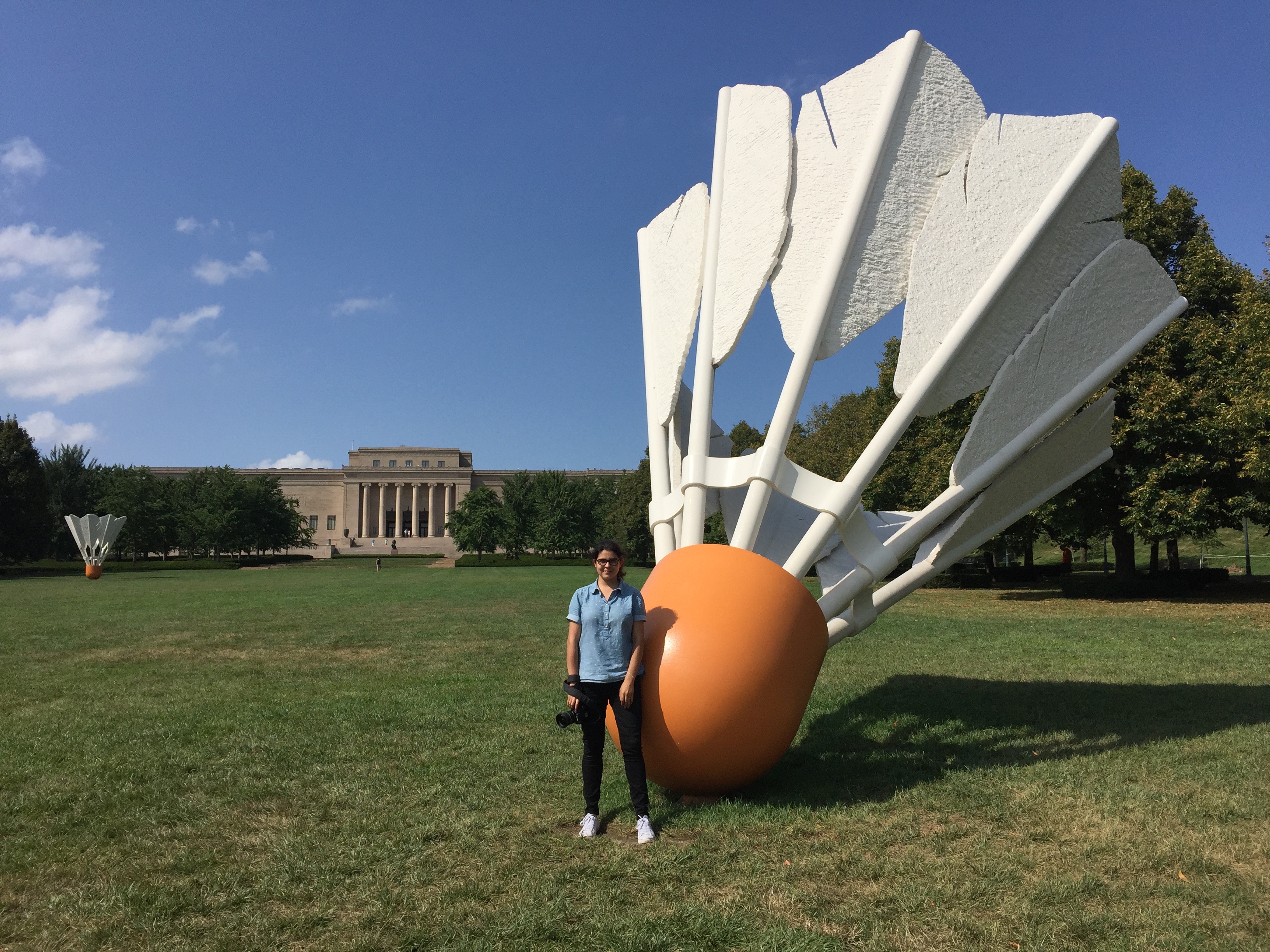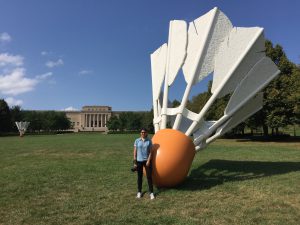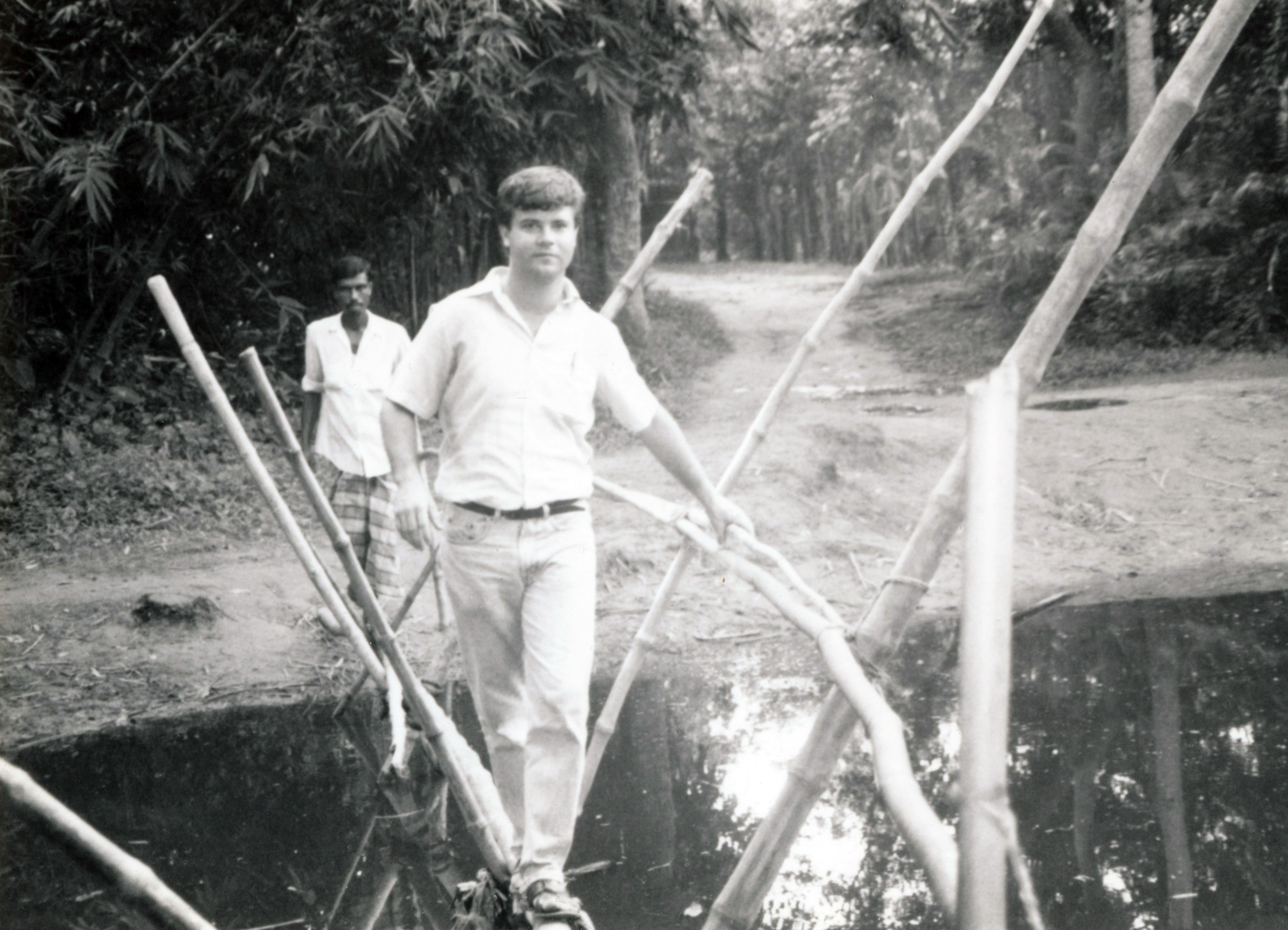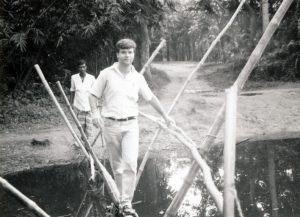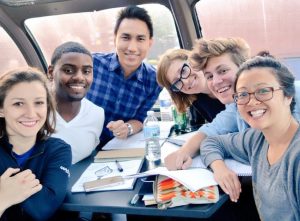
Jarod Yong, 2015-2017, Malaysia (third from left), taking a break with a few of his 2016 Millennial Train Project colleagues
Greetings from Kansas City! We are currently halfway through our Millennial Train Project (MTP) journey and it has really been a blast so far. Together with the MTP staff and mentors, we have travelled to Pittsburgh and Chicago. We have just left Kansas City for Albuquerque and will subsequently head to Los Angeles. Amongst the 25 participants on the train are three Fulbrighters from Peru, Germany, and Malaysia.
After getting to know everyone during the journey, I was blown away by their experiences, achievements, and projects. It is a great feeling to know that I have been sharing the same air with some of the most brilliant and innovative people in this country. Additionally, a deep kinship developed between us in the tight quarters of the train. We had so many laughs and tears together.

